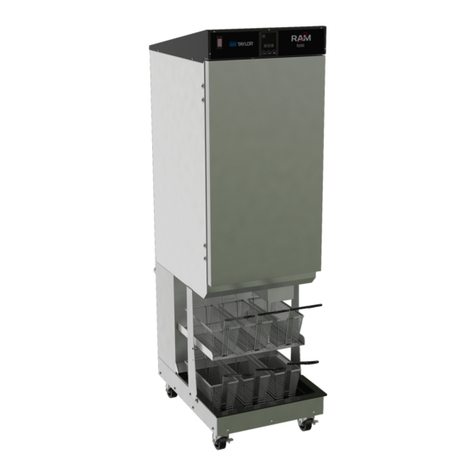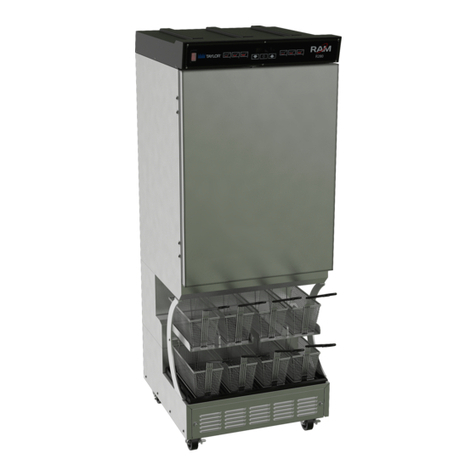
3
SAFETY
Always follow these safety precautions when operating
the Dispenser:
NOTICE! DO NOT operate this machine
without reading this entire manual first. Failure to follow
all of these operating instructions may result in damage
to the machine, poor performance, health hazards, or
personal injury.
IMPORTANT! This machine is to be used only
by trained personnel. It is not intended for use by children
or people with reduced physical, sensory, or mental
capabilities or lack of experience and knowledge. Where
limited machine operation is allowed for public use, such
as a self-serve application, supervision or instruction
concerning the use of the machine by a person
responsible for their safety is required. Children should
be supervised to ensure that they do not play with the
appliance.
IMPORTANT! Access to the service area of
the machine must be restricted to persons having
knowledge and practical experience with the machine, in
particular as far as safety and hygiene are concerned.
WARNING! DO NOT use a water jet to clean or
rinse the machine. Failure to follow these instructions
may result in serious electrical shock.
WARNING! Avoid injury.
•DO NOT operate the machine unless it is
properly grounded.
•DO NOT operate the machine with larger fuses
than specified on the machine's data label.
• All repairs should be performed by an
authorized Taylor service technician.
• The main power supplies to the machine must
be disconnected prior to performing installation,
repairs, or maintenance.
• Machines that are permanently connected to
fixed wiring and for which leakage currents may
exceed 10 mA, particularly when disconnected
or not used for long periods, or during initial
installation, shall have protective devices to
protect against the leakage of current, such as a
GFI, installed by the authorized personnel to the
local codes.
• Stationary machines which are not equipped
with a power cord and a plug or another device
to disconnect the appliance from the power
source must have an all-pole disconnecting
device with a contact gap of at least 0.125 in.
(3 mm) installed in the external installation.
• Supply cords used with this machine shall be
oil-resistant, sheathed flexible cable not lighter
than ordinary polychloroprene or other
equivalent synthetic elastomer-sheathed cord
(code designation 60245 IEC 57) installed with
the proper cord anchorage to relieve conductors
from strain, including twisting, at the terminals
and protect the insulation of the conductors from
abrasion.
• If the supply cord is damaged, it must be
replaced by a Taylor service technician in order
to avoid a hazard.
Failure to follow these instructions may result in
electrocution. Contact your local authorized Taylor
distributor for service.





























